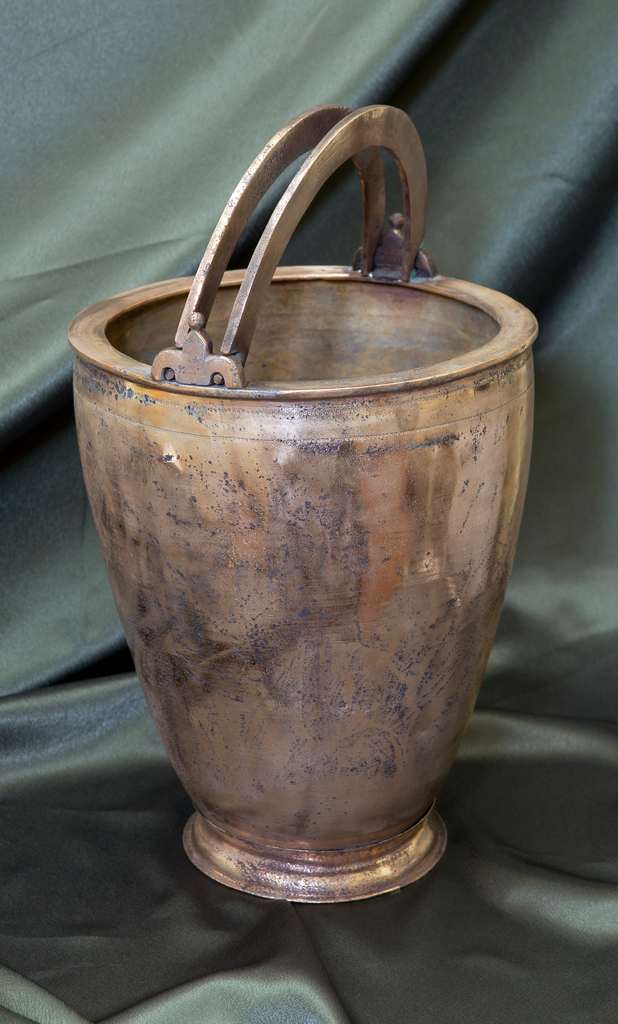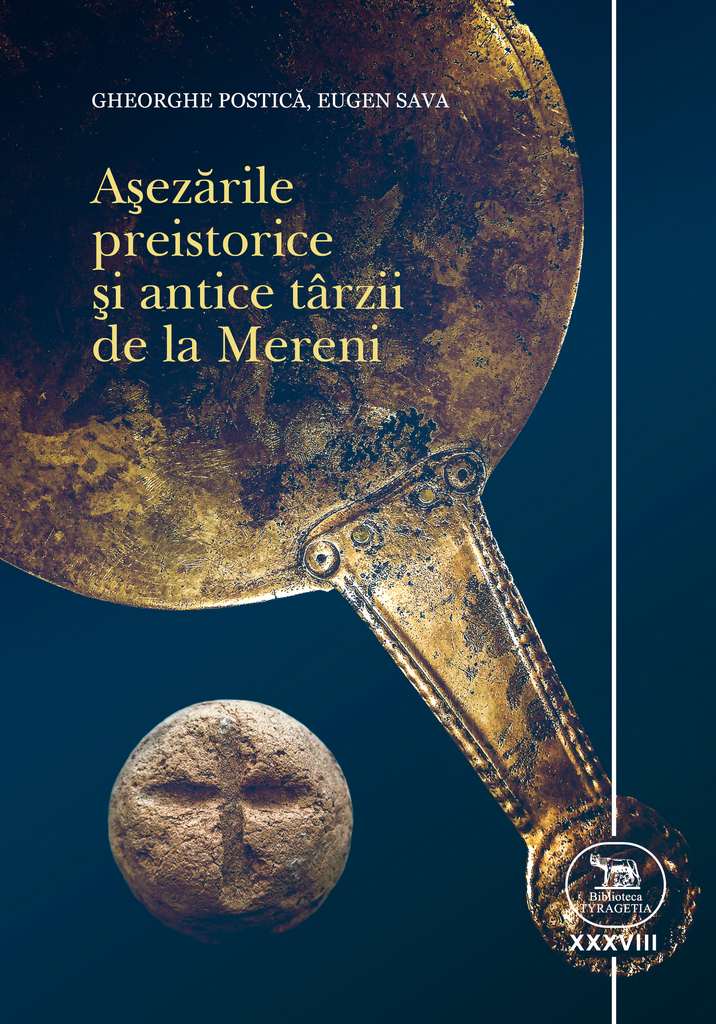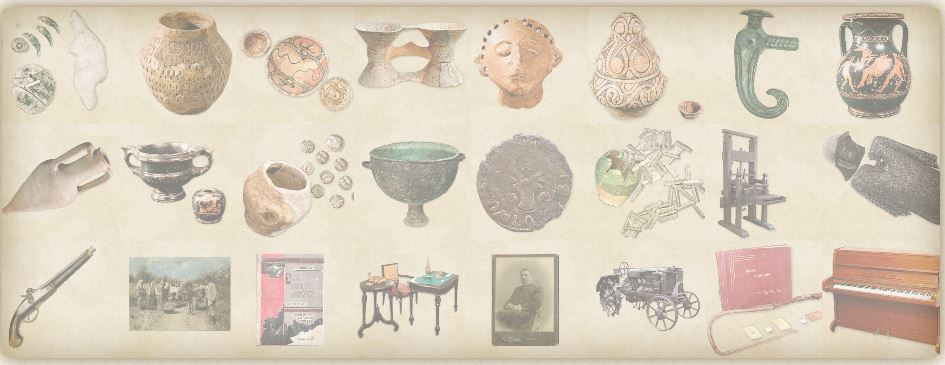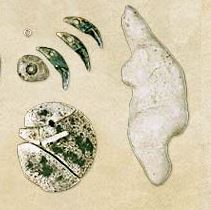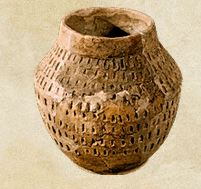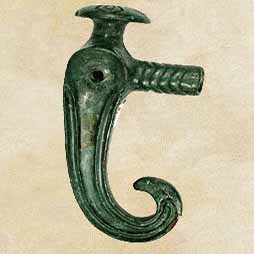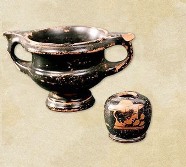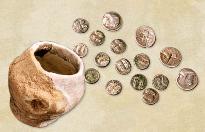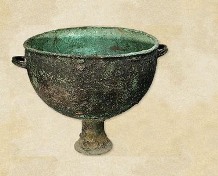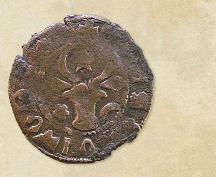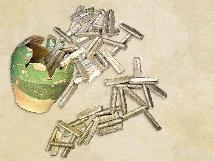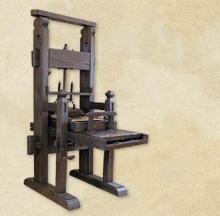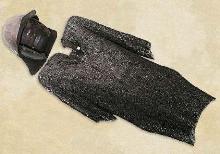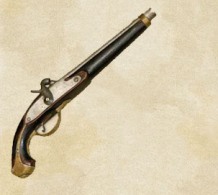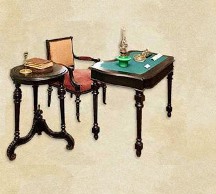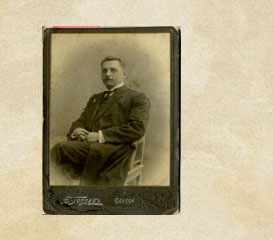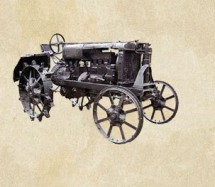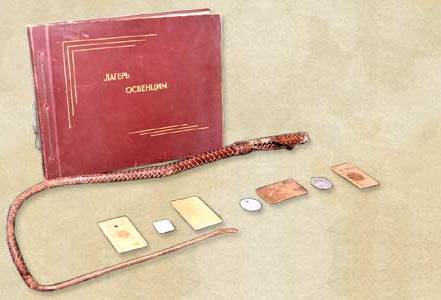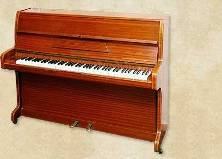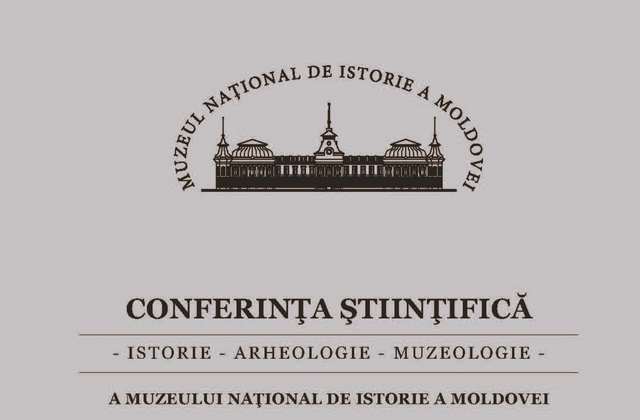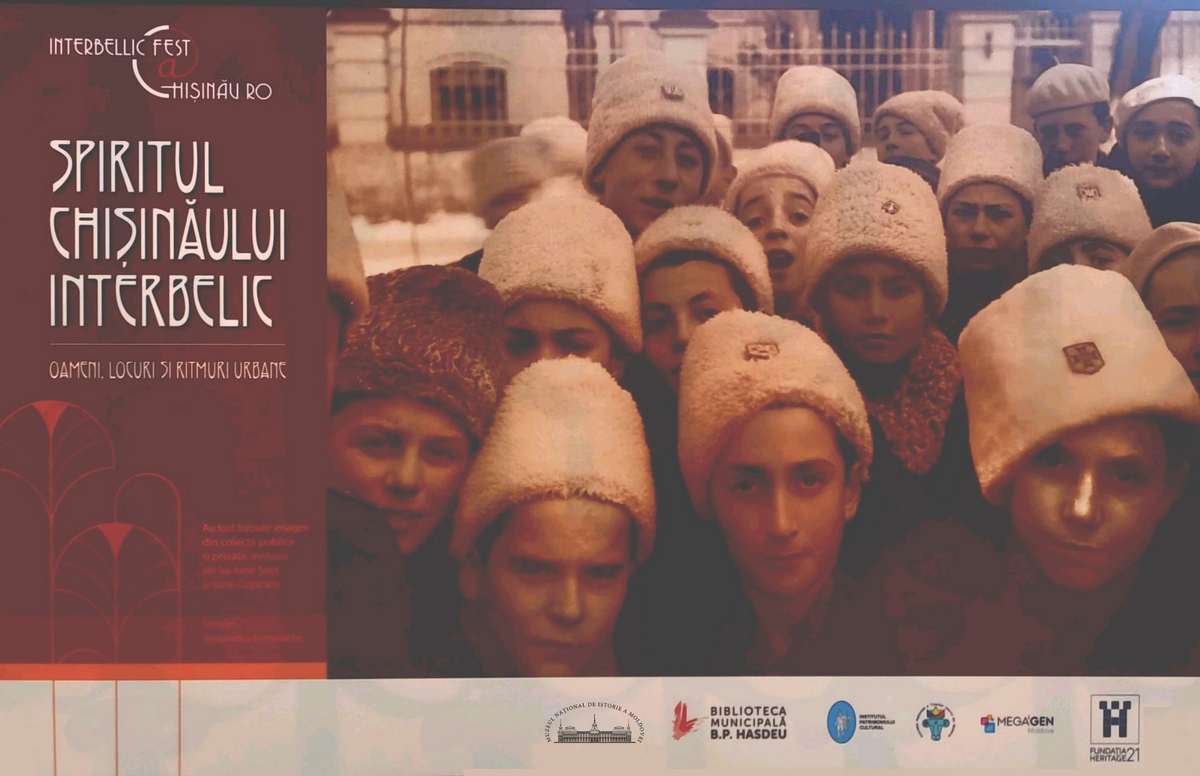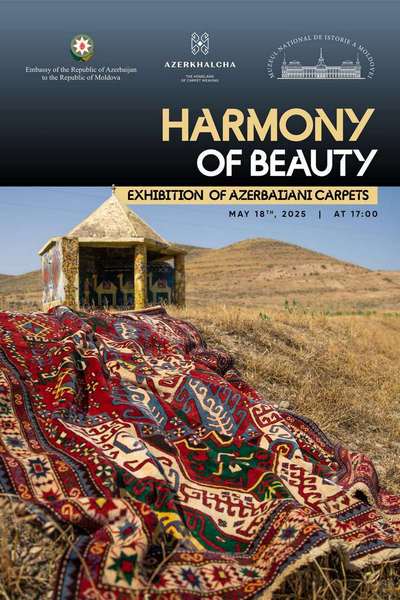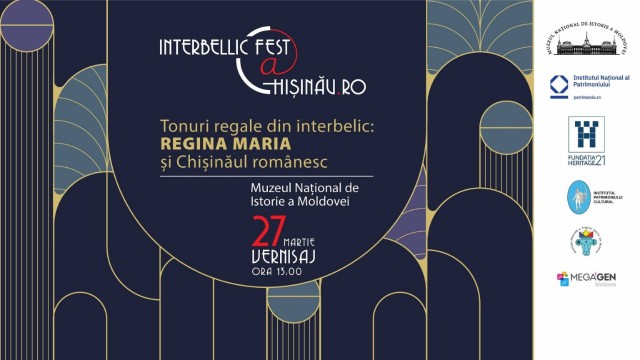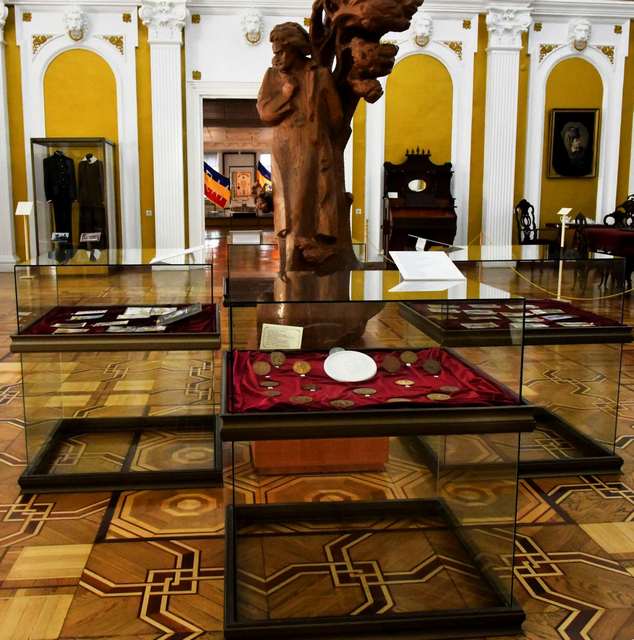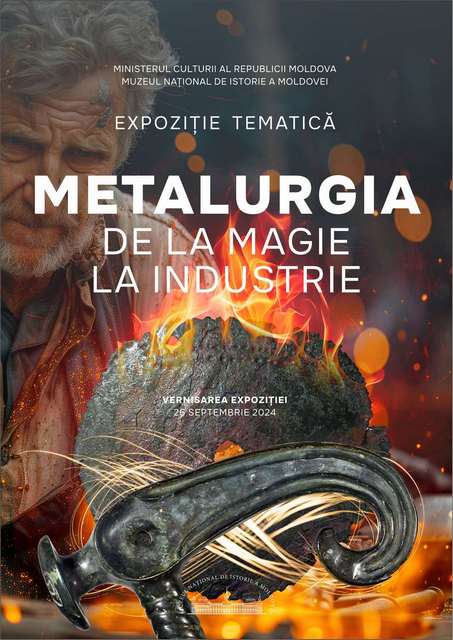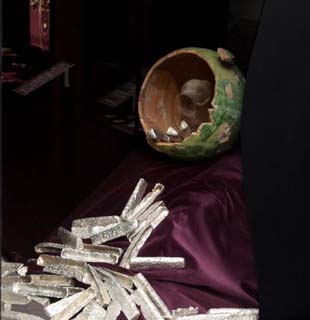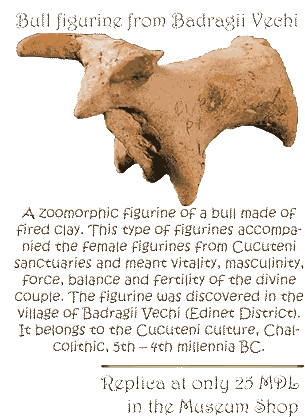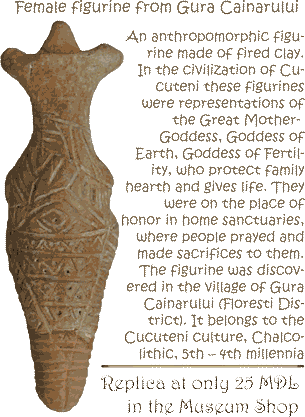The village of Mereni in the former land of Lăpușna is an old Romanian locality, founded during the reign of Alexander the Good, in the first quarter of the 15th century, and has strong răzăși traditions; the locality was attested in the documents written during the time of Stephen the Great, on 25 September 1475.
According to archaeological data, the first people appeared on the territory of the village of Mereni in prehistoric times. The oldest traces of human habitation in this area are about six thousand years old.
Since the Aeneolithic period (4th millennium BC), nomadic shepherds from the steppe regions of Eurasia roamed these lands in search of pastures. Nomadic tribes erected several earthen mounds in this area, in which they left the most ancient human burials. During the same period, on the territory of the Mereni lands there was a settlement that belonged to the civilization of Cucuteni-Trypillia.
In the middle of the second millennium BC, during the Bronze Age, another settlement was founded on the lands of Mereni, attributed to the Noua-Sabatinovka cultural community.
In the early Iron Age, around the middle of the first millennium BC, the Iranian tribes of the Scythians penetrated the lands of Mereni, leaving burial complexes and various exceptional cultural remains here.
During the Late Antiquity (3rd-4th centuries), there were four prosperous settlements in this territory, attributed to the archaeological culture of the Sântana de Mureș-Chernyakhov type.
In the period of migration of peoples, in the early Middle Ages (5th-14th centuries), nomadic shepherds of Turanian origin stayed on the lands of the village, who left graves in burial mounds located on the tops of the local hills. From the same period, traces of sedentary habitation have also been sporadically noted in the Mereni region.
In the given context, this work provides a scientific development of archaeological discoveries dating back to the period of the Late Antiquity at the Mereni "Chirca" settlement. At the same time, while presenting the stratigraphy of the settlement, in order to obtain the most complete possible picture of the Mereni "Chirca" site, the archaeological finds of the Late Antiquity period are considered in connection with remains attributed to other historical eras, including archaeological materials from the Bronze Age.
Contents
INTRODUCTION
1. GEOGRAPHICAL FRAMEWORK AND HISTORY OF ARCHAEOLOGICAL RESEARCH
1.1. Geographical framework
1.2. History of archaeological research
2. ARCHAEOLOGICAL MAP OF MERENI VILLAGE
2.1. History of archaeological research
2.2. Mapping of archaeological sites
2.3. List of archaeological sites
2.4. Coin hoards
3. ARCHAEOLOGICAL RESEARCH OF THE MERENI "CHIRCA" SITE
3.1. Characteristics of the site
3.2. Archaeological excavations
3.3. Cultural layer of the site
3.4. Main results of archaeological research
4. MERENI "CHIRCA" SETTLEMENT OF THE BRONZE AGE (16th-11th CENTURIES BC)
4.1. Dwellings
4.2. Auxiliary constructions
4.3. Trash pits
4.4. Objects
4.5. Pottery
4.6. Features of the Bronze Age settlement
5. MERENI "CHIRCA" SETTLEMENT OF THE LATE ANTIQUE PERIOD (3rd-4th CENTURIES AD)
5.1. Dwellings
5.2. Trash pits
5.3. Graves
5.4. Other structures
5.5. Objects
5.6. Pottery
5.7. Features of the ancient settlement
6. TRACES OF HABITATION ATTRIBUTED TO OTHER HISTORICAL PERIODS
6.1. Archaeological finds of the Iron Age
6.2. Archaeological finds of the Middle Ages
CONCLUSION
Bibliography
Statistic tables
Abstract
List of statistical tables, figures, plates and photos
Annexes
Index




